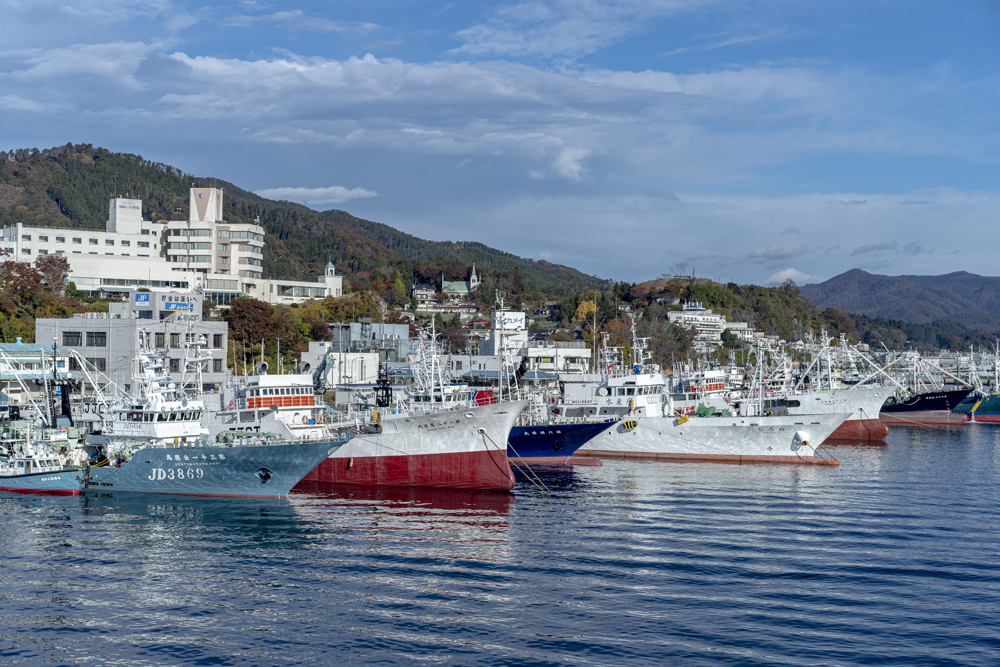NEW Article
-
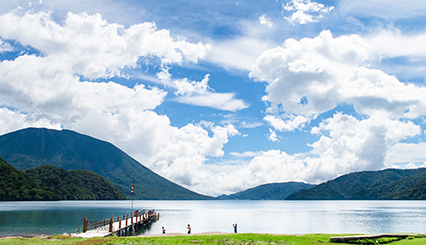
Kita-Kanto
5 Local Tochigi Culture and Ingredients at The Ritz-Carlton, Nikko
The Ritz-Carlton, Nikko opened in July 2020 on the shores of Lake Chuzenji in Okunikko. The luxury hotel sits in an area that is home to the shrines and temples of the Nikko area—where also have been designated a UNESCO World Heritage Site—abundant natural surroundings, rich culture, and ancient history and tradition. Today, it has grown into one of Japan’s leading and often fully-booked hotels. Interestingly, Okunikko in Tochigi Prefecture is recognized to be Japan’s oldest holiday resort, and is now host to a cutting-edge facility in The Ritz-Carlton, Nikko. In addition to its globally acclaimed level of service, the hotel has garnered attention for the thorough harmony and coexistence it has sought to achieve with the area through the creation of business ecosystem, be it in the food, guest activities, or the interior design and finer details.
Read more -
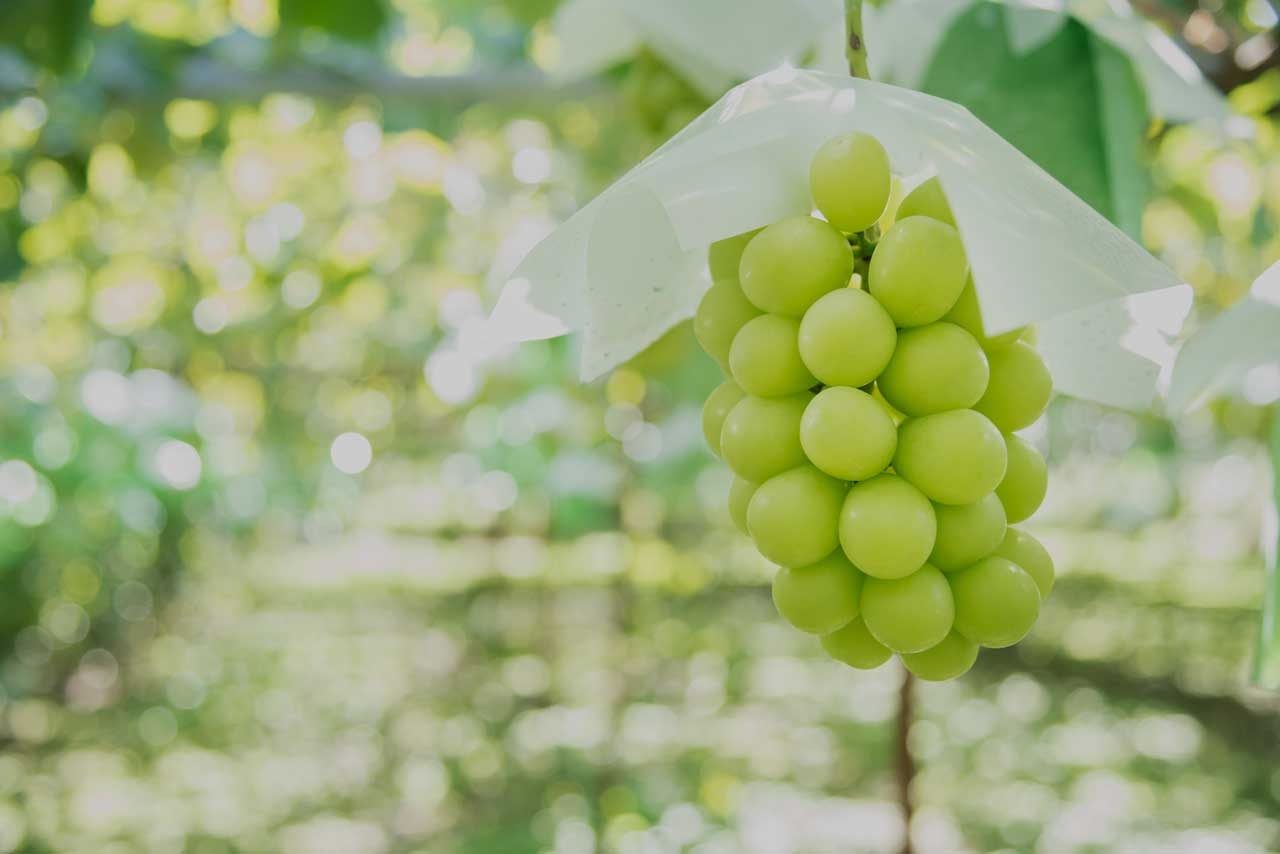
Kita-Kanto
6 Year-long Grape Production in the Northern and Southern Hemispheres to Transform Japanese Agriculture and Create New Lifestyles
Japanese fruits are world-renowned for their high quality. Behind the scenes, however, the fruit industry in Japan is facing numerous challenges, such as the aging and ensuing decline in number of producers and the rise in competition with other countries. GREENCOLLAR, an in-house venture company from Mitsui Fudosan, was established in 2019 as part of Mitsui Fudosan group’s new business proposal system, MAG!C. GREENCOLLAR’s business is to cultivate Japanese table grapes in Japan and New Zealand, two countries with opposite seasons, and to sell them around the world. In addition to tackling social challenges through its business, GREENCOLLAR is proposing a completely new lifestyle that is neither white collar nor blue collar, but “green collar”.
Read more -
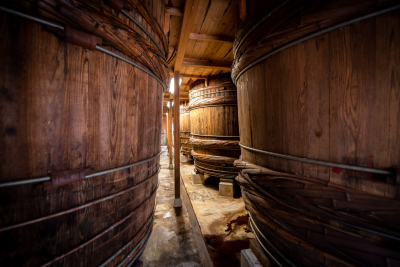
Minami-Kanto
8 Hand down the process of soy sauce from each region worldwide
Founded in 1854. The wooden tub that has been used for 170 years since the Edo period has kept the traditional soy sauce brewing made in the wooden tub over time. While inheriting the tradition, Kyosuke Iida, the current president, is constantly making new efforts. Currently, there are about 1150 soy sauce makers in Japan. Six major companies account for about 60% of sales, followed by nine second-tier companies, which are the top 15 companies, accounting for about 75% of the oligopoly industry. President Iida had a strong sense of crisis that we would not grow if we were doing the same things as major and second-tier companies. As one of the breakthrough measures, we have taken on the challenge of full-scale overseas expansion business since the 1960s.
Read more -

Chugoku
9 The Importance of the Capacity to Change
Otafuku Sauce is currently engaged in efforts to communicate the appeals of konamon (flour-based) dishes in Europe, the US, and Asia, and in turn to drive exports of its sauce products. Although to date the company has developed new sales channels through face-to-face sales activities, during the COVID-19 pandemic, these methods these methods were no longer viable. “If we cannot connect with our overseas customers, we cannot survive”—this was the message from general manager of the overseas sales department Hwisung Hong and his team. In response, they sought to develop new sales channels through online cooking classes and YouTube videos, and as a result they achieved a 40% year-on-year increase in overseas sales. The secret to the team’s success was their joint work with TSS Production, a company that supports the development of overseas sales channels through content production. Through the use of media, even regional companies can connect directly with overseas retailers and consumers to open up new channels. Below we delve further into this success story.
Read more -
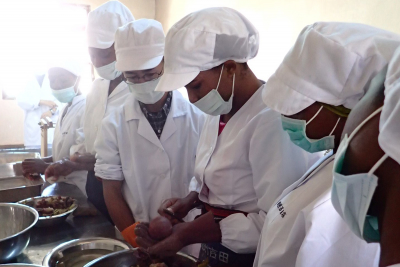
Overseas
10 Developing a Dried Sweet Potato Export Business in Africa
Recently, dried sweet potatoes have again grown in popularity for their simple, delicious taste and their benefits as a health food. With a history that can be traced back to the Edo period, techniques for the production of dried sweet potatoes have existed for around 200 years. Matoborwa, a company established in Tanzania in East Africa, is currently hard at work to create a new dried sweet potato export business. It is doing so with support from Terunuma, a long-standing sweet potato store from Ibaraki Prefecture. Key to the project’s success is the introduction of the Tamayutaka sweet potato variety from Japan—optimally suited to the production of dried sweet potatoes—and the creation of a collaborative cultivation system with local contracted farmers. Despite the long distance between Japan and Tanzania and their two varying dried sweet potato cultures, both are working together to launch a new business. Below, we hear from Matoborwa representative Tatsuo Hasegawa about agribusinesses and food processing businesses in Africa, the background to this new venture, and its future possibilities.
Read more -
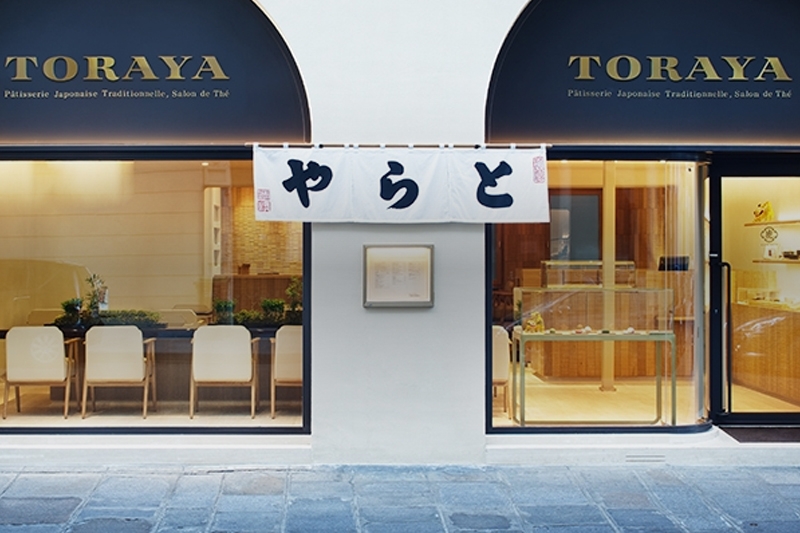
Kita-Kanto
11 Toraya—Aiming for the Future as an Establishment Steeped in History and Tradition
Since its founding in the late Muromachi period about 500 years ago, confection manufacturer Toraya has continued to carry forward the history and culture of wagashi—or traditional Japanese confections—and today is an established name both in Japan and abroad. Toraya became a purveyor to the Imperial Court during the reign of Emperor Go-Yozei (1586–1611), and for centuries has catered to the needs of its patrons. The company has also continued to develop new wagashi for overseas markets and to further extend the reach of its delicious flavors and unique charms. With the aim of taking over Toraya, Mitsuharu Kurokawa, the 18th and current head of the company, crossed over to study in the US while still at high school, and followed this up by accumulating vast experience in a range of settings, including wagashi production sites, the company’s boutique in Paris, and external roles in foreign trade. Here we speak to Kurokawa, who assumed the role of president in 2020, about the company’s management philosophy— to share the pleasures of traditional Japanese sweets(wagashi )—maintaining traditions as a long-established store, his forward-looking strategies for the future, and various other initiatives.
Read more -
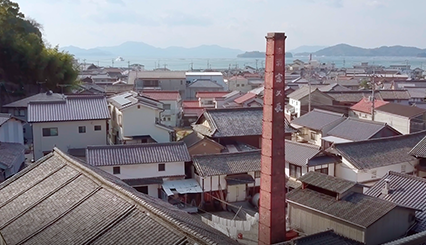
Chugoku
12 Diverse Flavors Brewed by a Fourth Generation Female Master Brewer Carrying the Traditions and Techniques of the Hiroshima-toji into the Future
The town of Akitsu is home to the Hiroshima-toji, a guild of master brewers. Facing the Seto Inland Sea, the town flourished as a port for the shipment of sake rice from the Hiroshima domain during the Edo period. Here one can find Imada Shuzo Honten sake brewery run by master brewer Miho Imada. Imada was the only Japanese on the list of the BBC 100 Women 2020, which showcases women who influenced the world. She was awarded because of working in the world of sake brewing, which has traditionally been a male-dominated society, and continued promoting the appeals of sake to the world, exporting 30% of its production despite being a small brewery. Today, Imada continues to bring the fascination of sake to the world with stories of the Hiroshima-toji. She has created unique tastes such as Fukucho, which is made from Hattanso, an oldest sake rice revived by Imada and have not been produced for more than a century; Seafood, sake with lemon-like acidity designed to be paired with oysters; and Legacy, sake that is used ginjo sake made by previous generations of master brewers, instead of brewing water.
Read more -
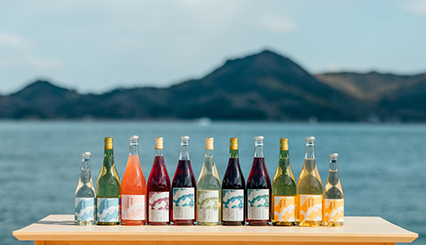
Chugoku
13 Creating New Value—the Setouchi Terroir
SETOUCHIJOZOJO, the closest winery to the sea in Japan, was established in 2021 on the remains of a shipyard in Sunami, an area in Mihara City in Hiroshima Prefecture. Right in front of the winery is Mihara-Seto, where is said to be one of the most popular sights of the Seto Inland Sea for the beautiful landscape of many islands. The winery’s buildings cut the landscape which is picturesque and spreads over wherever you see. The concept for SETOUCHIJOZOJO is “Wine and Winery that Travels around Setouchi.” Utilizing the unique features of each ingredients’ producing regions, they produce wine and cider without any additional sugar, placing the utmost value on the original flavor of the fruits and the producers’ thoughts and ideas. At the winery’s adjoining restaurant, Mio, visitors can enjoy pairing seasonal foods from the Setouchi area and various wines and ciders created from products from the mountains. The restaurant has recently garnering attention as a new tourist hotspot of the Seto Inland Sea. For Yuya Ota, owner of the winery and restaurant, this was not a family business, nor does he have any experience in winery and restaurant management. Ota says that the biggest power in setting up the business from the ground up was “co-creation with regional stakeholders.”
Read more -
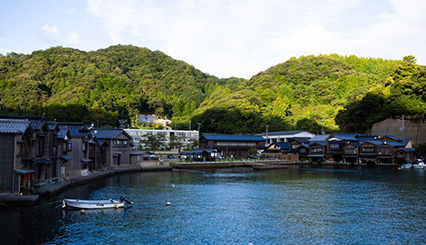
Kinki
14 Lifestyles in Close Proximity to the Sea.An Area that Brings Together Sustainable Development and Unique Attractions—Ine Town
Ine Town, located in the northern part of Kyoto Prefecture, is known for its funaya, or wooden boathouses. One of the most scenic spots in Japan, the town is frequently used as a filming location for movies and TV dramas. Visitors to Ine Town can experience what it is like to live closer to the sea than anywhere else in Japan. The sea and the fish within it could not be any closer. What is the best way to communicate the unique charms of Ine Town to the wider world? Today, the ideas of Ine locals are gradually taking shape. Be it initiatives to promote the area’s unique seasonal delights, including early summer oysters, autumn squid, and winter yellowtail; accommodation limited to one group per day where guests can fully enjoy being right next to the sea; or new tourism projects to further vitalize the town. Locals are steadily making progress toward the future while balancing the history and nature of Ine Town with entirely new elements.
Read more -
Kesennuma City in Miyagi Prefecture is surrounded by sea and mountain, and its port has landed the largest volume of katsuo, or bonito, in Japan for 25 consecutive years. During the 2011 Tohoku earthquake, however, the area in and around the city suffered huge damage. Now, Kesennuma is transforming into an attractive city with new ambition. With the worldwide support,the development is thanks to locals who rediscovered their city’s attractions and developed a strong desire to the reconstruction, and new individuals from outside who sympathized with the city’s passions. Today, both born and bred locals and supporters from outside the city are working together to create an integrated regional model. Welcoming outsiders with open arms and respecting diversity—speaking to those engaged in the creation of a new Kesennuma has helped to shine a light on the strategies and ideas involved.
Read more
記事検索
キーワードから探す
- すべて
- Ryotei & Restaurants
- Lodging/Hotels
- Producers
- Technology
- DX (Digital) & SNS
- City Planning
- Utilization
- Gastronomy and Culinary
- Japanese Nature
- Japanese history and traditional culture
- Japanese Food Culture
- Agriculture
- Fisheries
- SDGs
- Local production for local consumption
- Foreigner Activation
- Experience
- Overseas Expansion
- Fermentation
- Public-private partnerships and collaborations
- Sake
- Community Revitalization
- Spirituality
- Japan of the Sea
- Mountain Japan


